Essential Question: Why is Mustafa Kemal Atatürk considered the father of Modern Turkey?
Historical Context: Atatürk led the fight, both externally and internally, to salvage the remains of post World War I Ottoman landscape to create The Republic of Turkey. In 1923, he became the first President and, committed to his Nationalist vision, secularized and modernized Turkey through a series of reforms based on European models. In 1925, for example, all men were required to forgo the iconic fez hat and wear European style hats. A Swiss based civil code went into effect in 1926 resulting in many liberating societal aspects for women including in equal inheritance, access to education, and in dress. A more gradual shift led to full voting rights in 1934, well before many of their European counterparts. While access to education for women was celebrated, education in general was no longer the extension of religion. Arabic script was replaced with Latin for written Turkish in 1928 and Islam was no longer to be the State religion. Reforms went on into the 1930’s.
Activity: students will analyze pre- Atatürk reform images in relation to images taken during and after reforms were implemented. The latter images of the ‘sets’ represent the outgrowth of just a handful of the myriad reforms instituted by Atatürk, whose legacy carries on today.
Students will look at the photo, look for patterns, and identify key defining aspects of the photo: people, dress, activities, objects, etc. Students will record their independent observations and then share with a neighbor on what impressed them.
Next, students will consider what the photograph says about the era vis-à-vis culture, societies expectations of women, the economy. What does the photograph suggest? Why do you think that? What elements are suggesting this? Students will record their independent observations and then share with a neighbor.
How does each image reflect each time period? What might you infer about the different eras that is suggested by the differences in the images? What do the differences suggest about changes in societal norms, education, culture (such as women’s dress and/or role in society)? Students will look at the images in relation to one-another. Students will record their independent observations and then share with a neighbor.
Information will be presented on Atatürk’s reforms. Image observation invites student reflection on their evaluations of the era differences based on a specific reform.
Students will choose one set of images and submit a written reflection of the effects of Atatürk’s reforms with specific evidence from the photos to justify their evaluation.
Time permitting, students will view a video of Atatürk giving a speech in 1933 marking the 10th anniversary of the Republic of Turkey. It is in Turkish but has English subtitles. source
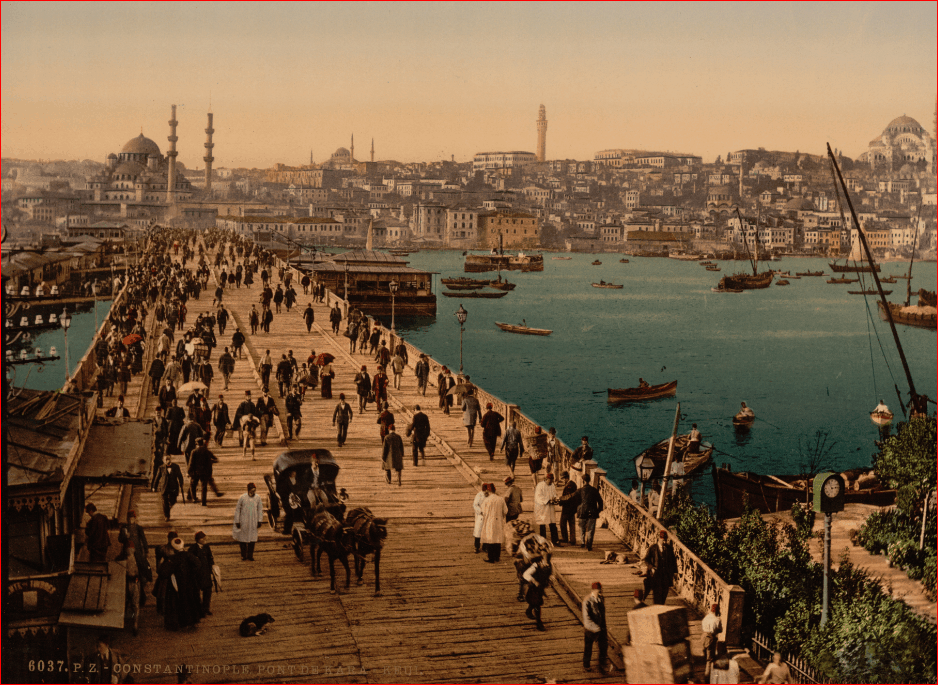

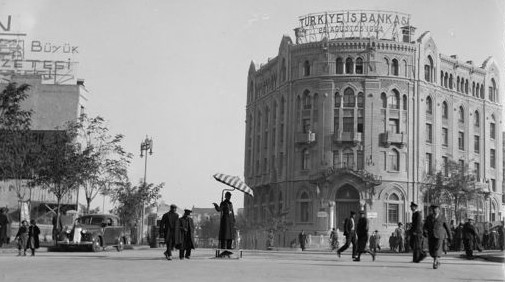
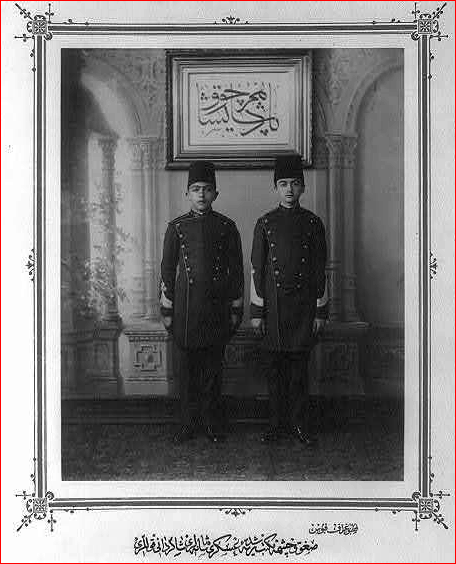

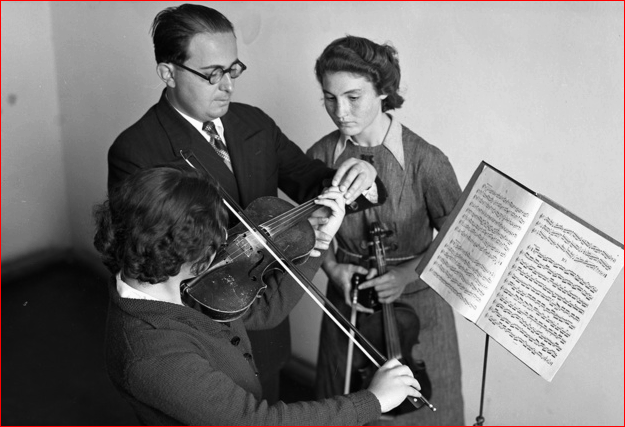

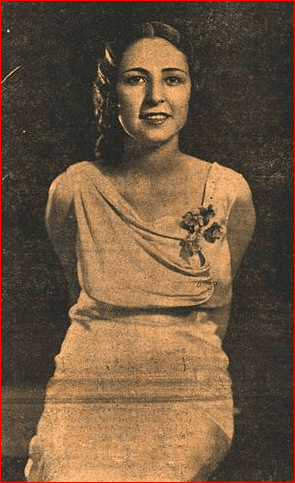
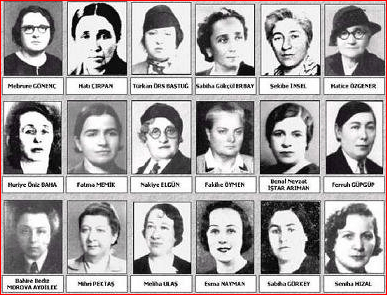




A great selection of images – especially because students can work with them without needing additional background knowledge. The images do a great job of supporting the task and provide an engaging entry point to the essential question.